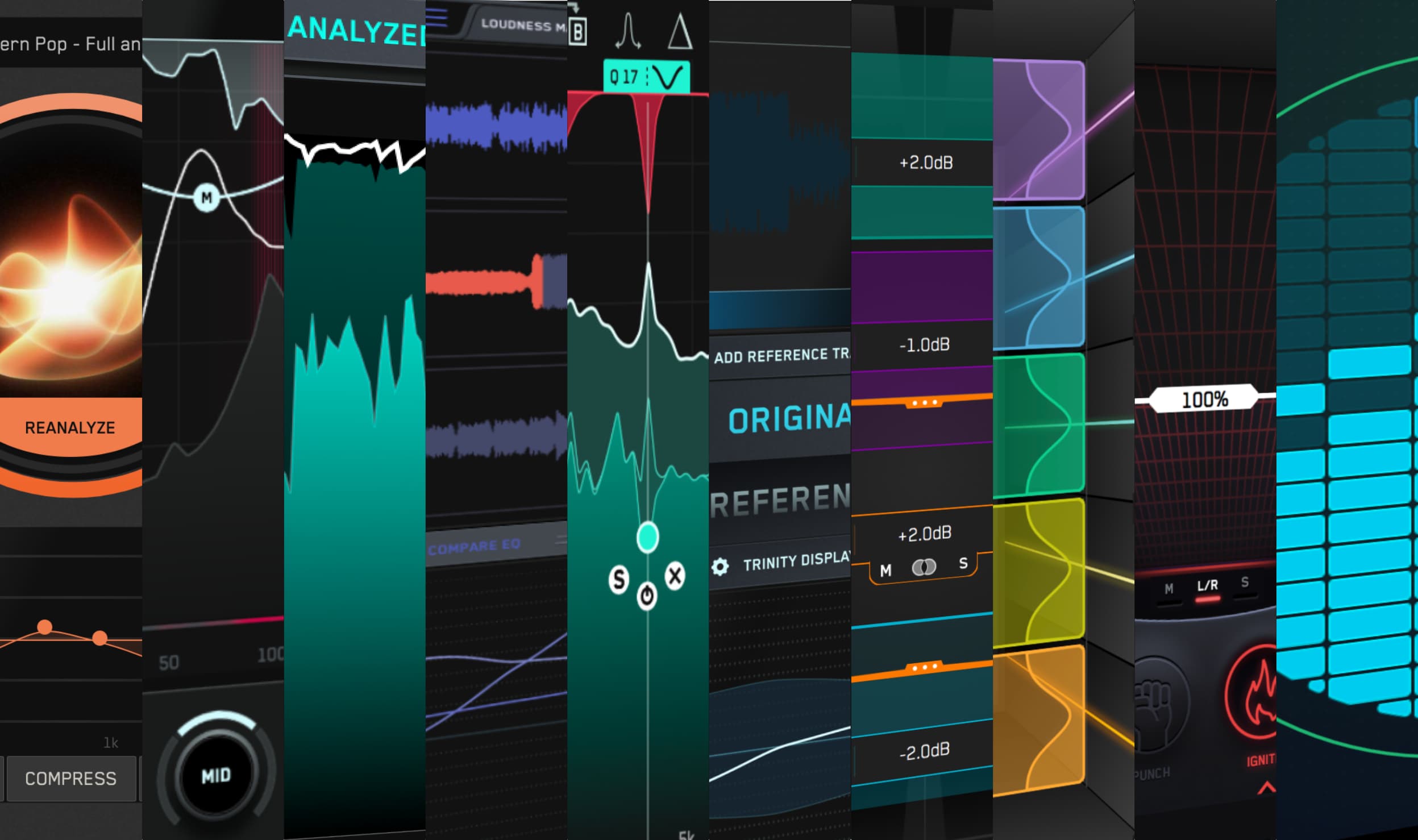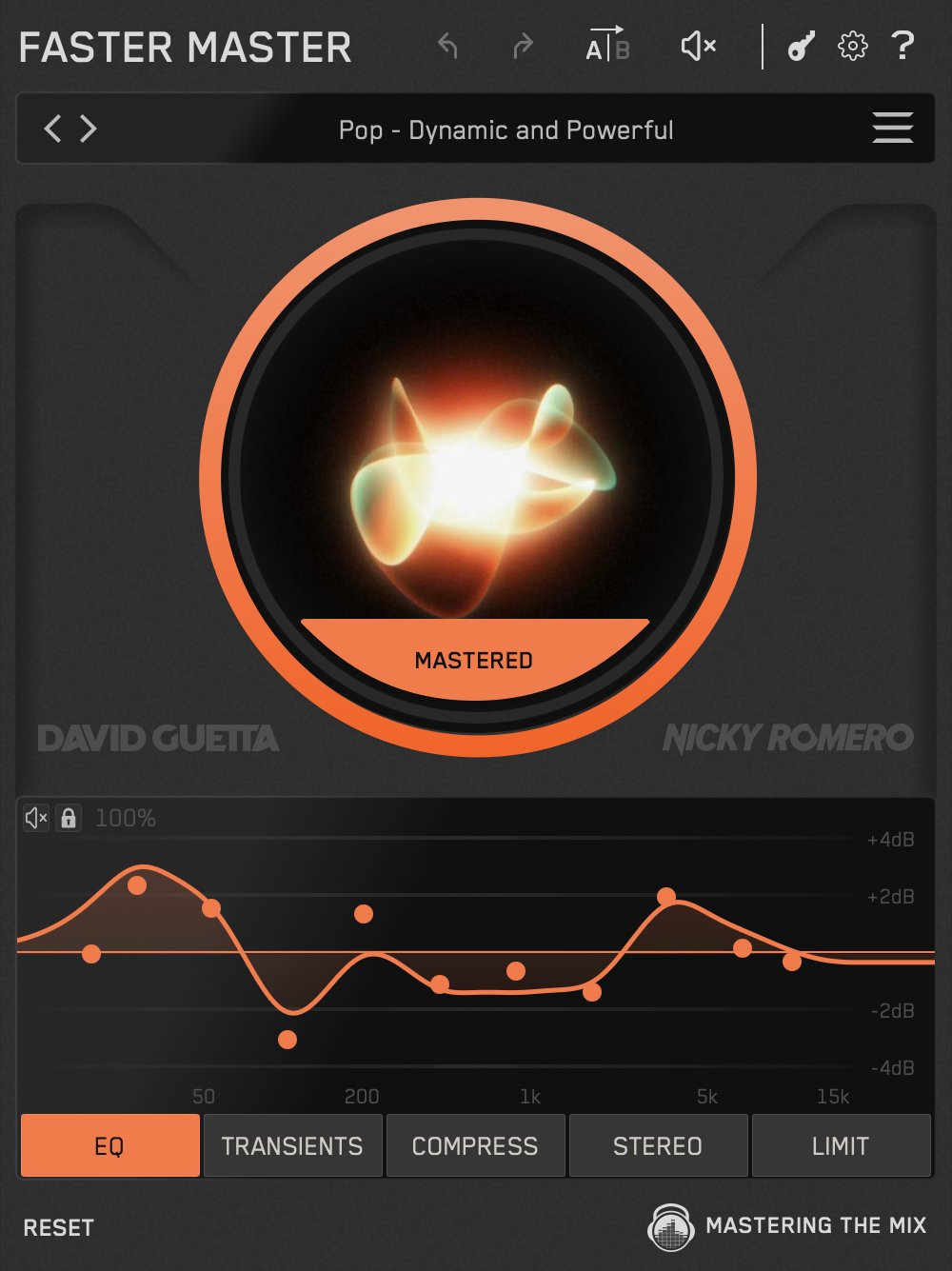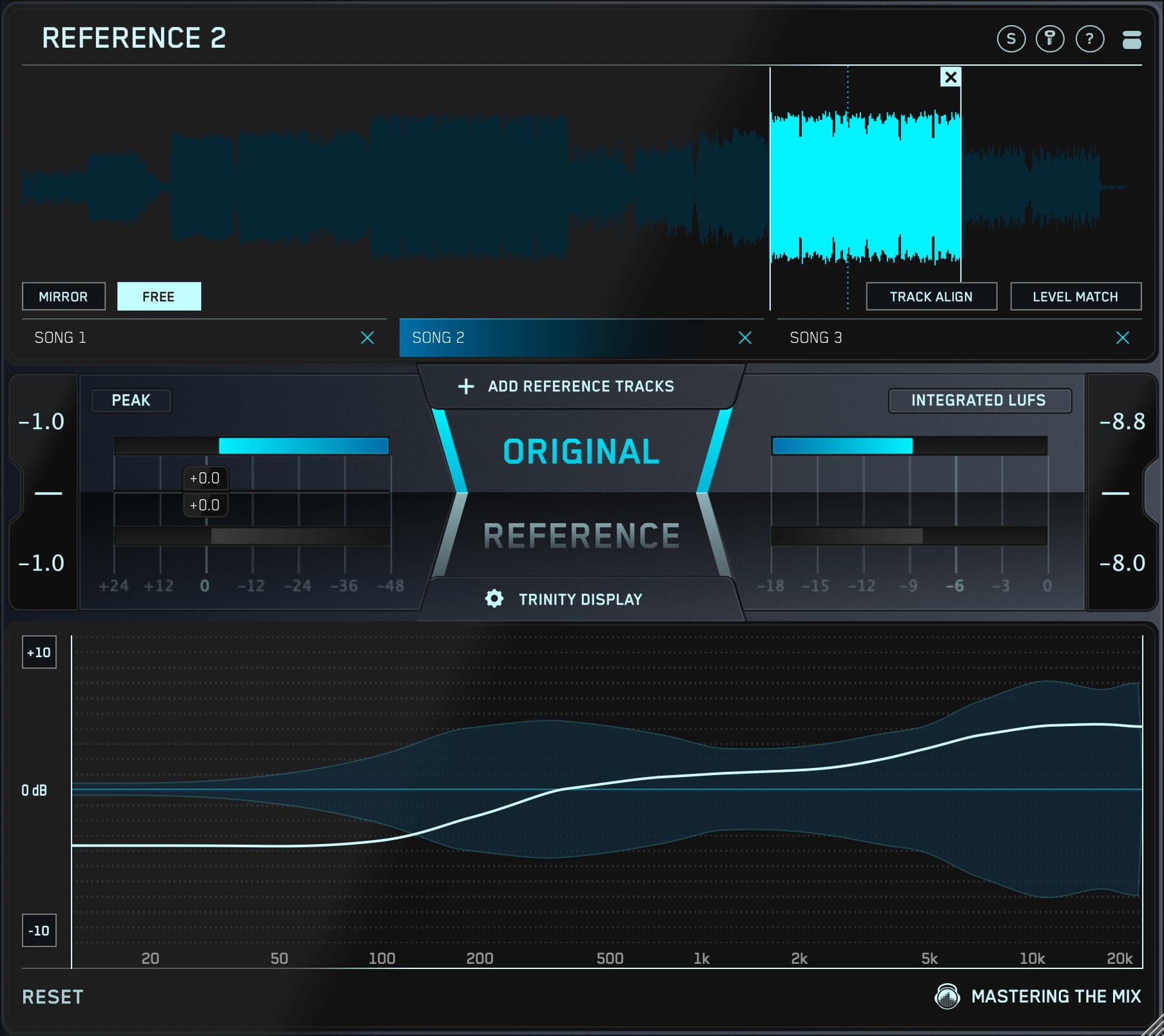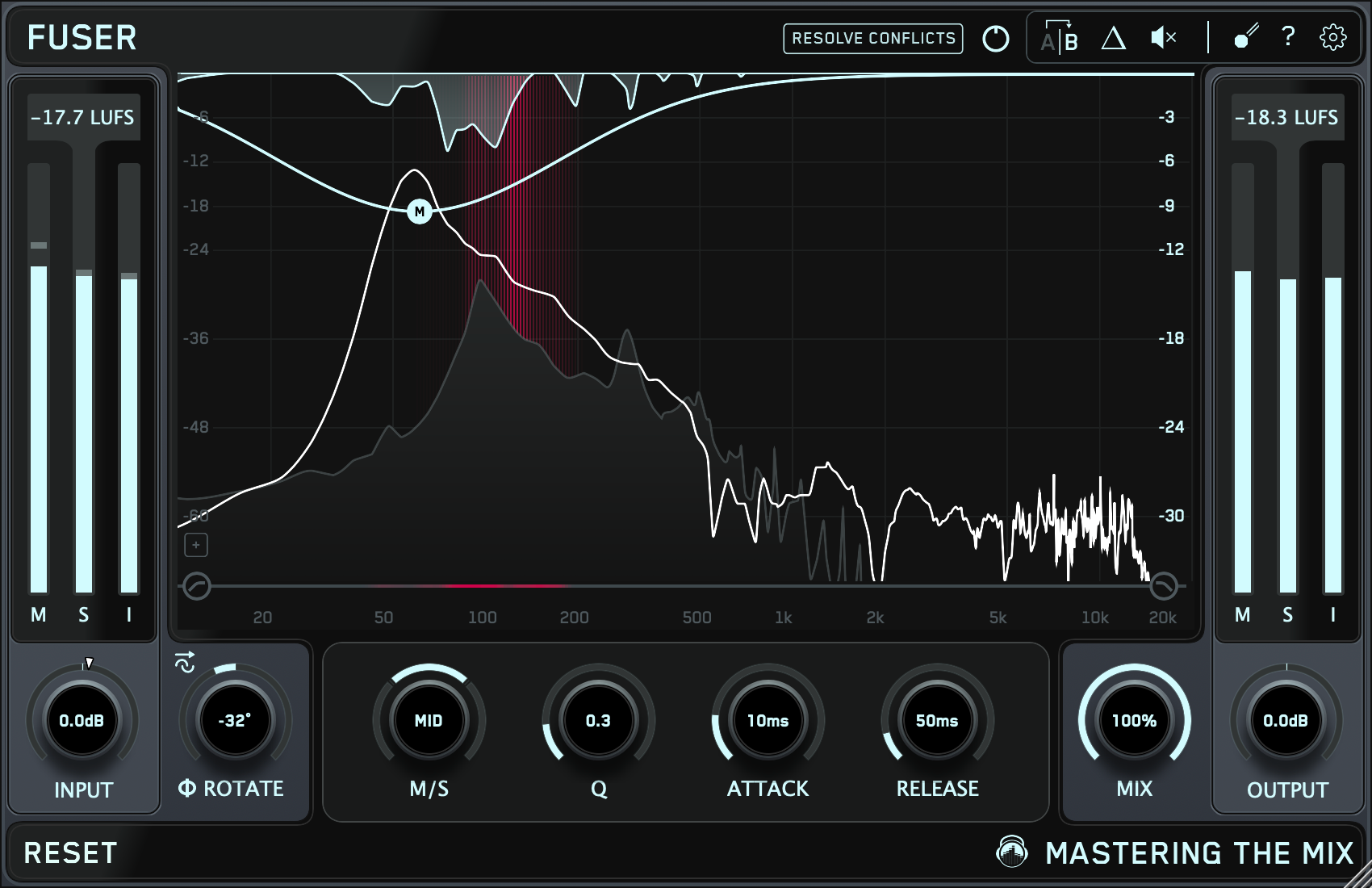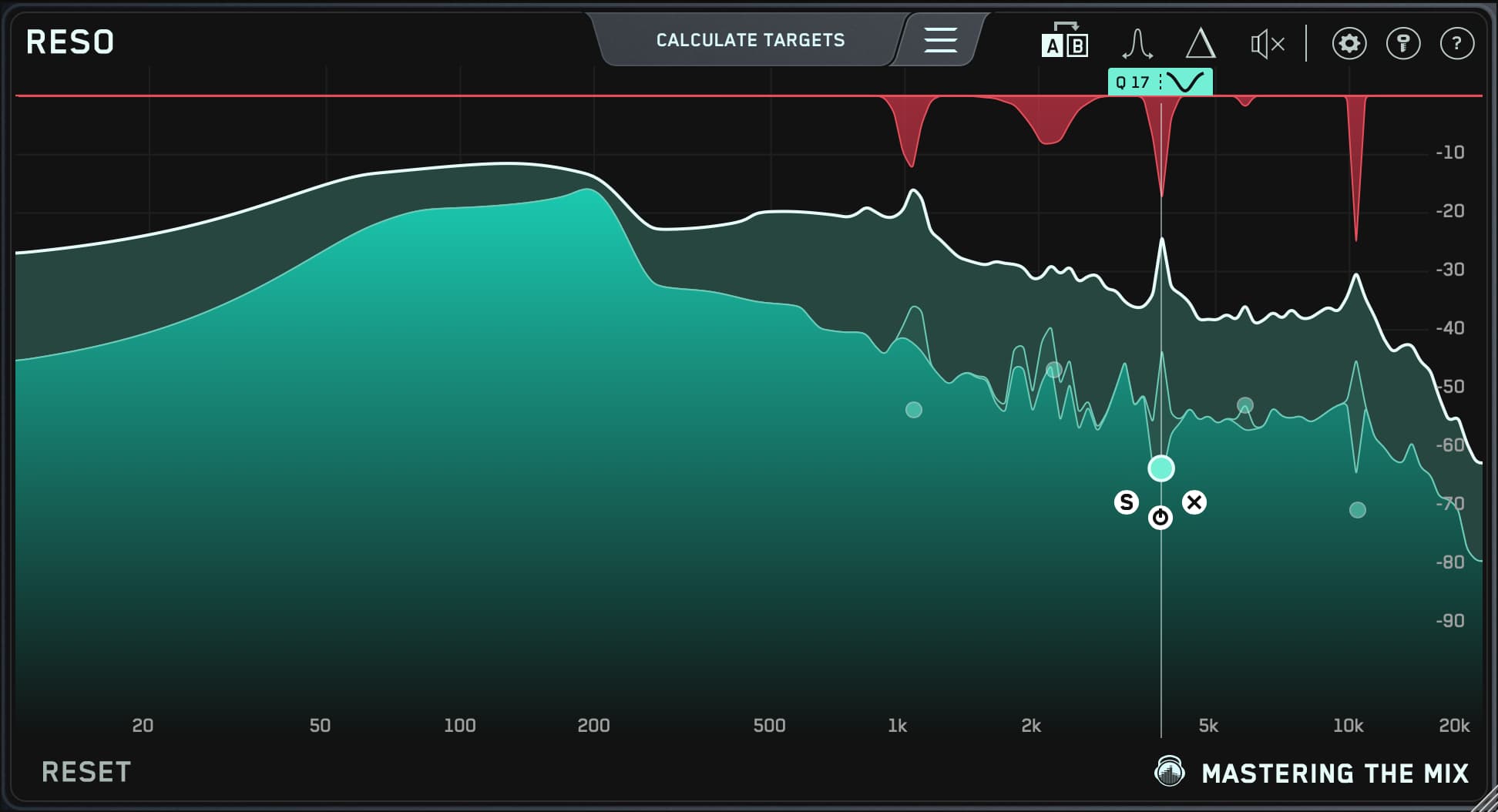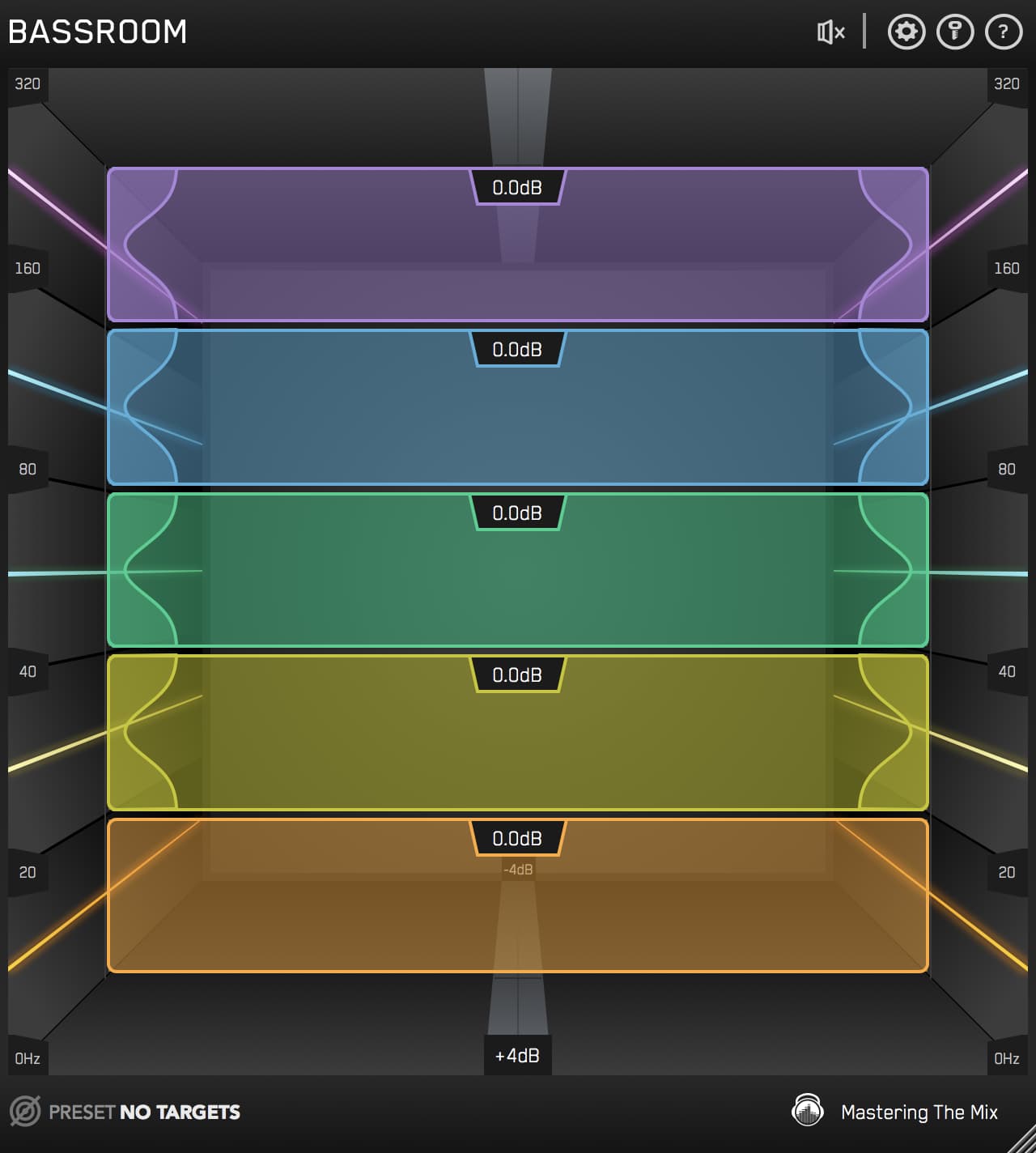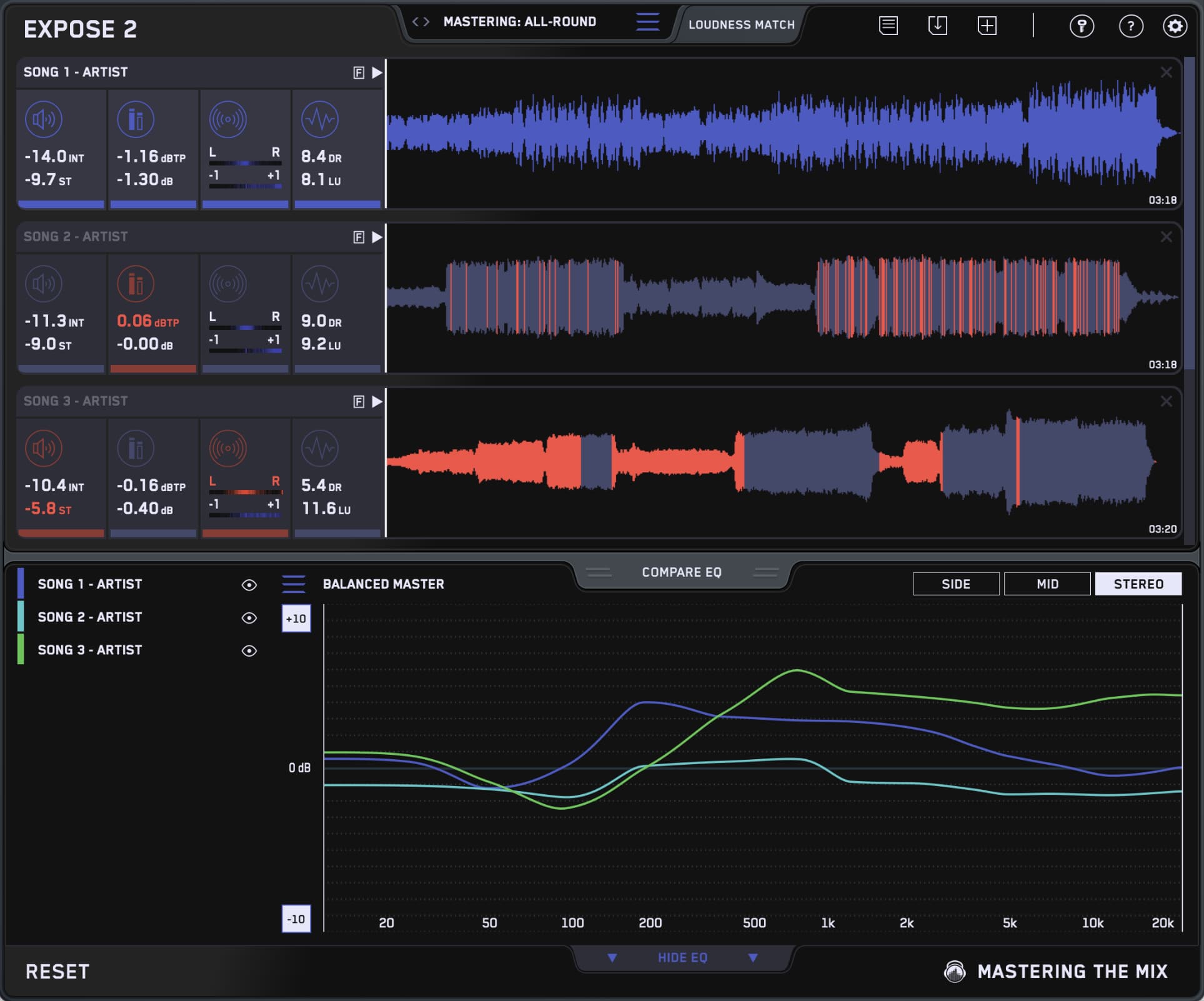When the biggest names in music need a remix that dominates the charts and fills dancefloors, they call Cutmore.
From Beyoncé, Rihanna, and Justin Bieber to Mariah Carey and Disclosure, Cutmore’s signature style has earned him multiple Billboard #1s, platinum records, and global recognition. With over a decade of hits, including production on Kelly Clarkson’s US #1 album and official remixes for Katy Perry, Sia, and Maroon 5, Cutmore continues to shape the sound of modern pop and dance music.
We caught up with this remix powerhouse to find out how he crafts chart-topping magic — and how you can level up your own productions.

Q: When you start a remix, what’s the first thing you listen for in the original track — and how do you decide what to keep or flip?
Cutmore:
It really depends on what grabs me and what I think people will expect — or want — to hear. It also comes down to what the label or artist sends me. Sometimes I’ll get full individual stems, which I prefer because it gives me complete control to switch up sounds and build something fresh. Other times, I might just get grouped stems like all the drums together, all the keys together — or even just the acapella.
Usually, I like to keep the main riff or hook because that’s what people connect with. But sometimes I’ll pick out more subtle sounds buried in the original and bring them forward to give the remix a completely new dimension.
Q: How do you approach building energy in a remix? Are there specific techniques you rely on to keep things exciting from start to finish?
Cutmore:
I’m a big fan of filters, reverb, and delay — especially when it comes to building momentum into a drop. Looping a phrase, filtering it down, and throwing some delay on it can create serious tension before everything explodes.
For me, a great remix is a journey. I like to start lighter, build energy as the verse leads into the chorus, and keep layering the excitement. Before the final drop, I’ll usually throw in a twist — something unexpected — so it doesn’t feel too predictable. And then I go all in for a big, hands-in-the-air finale. You want to keep people guessing… and moving.

Q: What’s your strategy for creating a remix that still respects the original, but feels completely fresh and unique?
Cutmore:
It’s all about keeping the right elements that people instantly connect with — whether that’s a hook, a vocal line, or a vibe — but giving it a different energy that takes the track somewhere new. I want listeners to recognize the song, but experience it in a whole new way. It’s a balance between staying true to the original and pushing it into a fresh space.
Q: How do you handle vocals in a remix — especially when the acapella wasn’t recorded with dance/remix energy in mind?
Cutmore:
Great question. My go-to moves are usually adding a little extra reverb, delay, compression, and some stereo widening to give the vocals more space and energy. Sometimes the vocal’s already polished and doesn’t need much — but other times, it’s a real process.
For example, when I remixed Sia’s “Chandelier,” the original was at 80 BPM and I flipped it into a classic deep house vibe at 120 BPM. Stretching the vocal that much caused harsh, warbling artifacts, especially where she used vibrato at the end of phrases. It sounded really unnatural.
To fix it, I manually replaced the end of each line with the original unstretched vocal — it took forever, but it was the only way to keep it sounding clean.
I also find that adding a little saturation to softer vocals can help give them the extra grit and energy needed to sit properly in a more house-driven remix.
Q: Do you follow any kind of formula or framework when remixing, or is every track a completely different approach?
Cutmore:
I usually follow a loose template based on my previous remixes, because artists and labels often want that “Cutmore sound” when they hire me. There’s usually a brief to give me a rough idea of what they’re expecting — and sometimes they’ll even ask me to match the vibe of a specific remix I’ve done before.
Other times, I’m given complete creative freedom to flip the whole record on its head, which is always a lot of fun. It really depends on the project, but I always try to keep a balance between delivering what’s expected… and adding my own twist.
Q: How do you decide what BPM, key, or genre to shift the remix into — and how much of that is gut instinct vs. market awareness?
Cutmore:
It mainly depends on the original BPM and how much I can push it without making the vocal sound unnaturally fast or slow. That’s the first thing I check.
But trends definitely play a part too. If a track is originally around 70 BPM, I might flip it into a faster house or trance style around 140 BPM — which is still very much in trend right now.
I remember a few years ago when everything shifted to that tropical sound around 105–110 BPM. I adapted to that too, remixing tracks like Katy Perry’s “Chained to the Rhythm” and Kelly Clarkson’s “Catch My Breath” to fit that vibe.
So it’s definitely a mix of gut instinct and keeping an ear on what’s moving the dance floors and radio.
Q: What are your go-to Mastering The Mix plugins that you use in almost every remix session — and why?
Cutmore:
Honestly, I love the Mastering The Mix plugins — they’re easy, fun to use, and the interfaces are clean and straightforward. They just work, every time.
I’ll usually start shaping the mixdown with BASSROOM and MIXROOM to dial in the low-end and mid-high clarity.
FUSER is a lifesaver for cleaning up clashes between my bass and kick — it makes everything tighter and punchier without the guesswork. Also, insanely good (and better than anything else) for layering synths, basslines, and kicks.
Then I’ll finish things off with LIMITER and LEVELS to make sure the final master hits right without losing energy or introducing distortion.

Q: How do you know when a remix is done? What’s your process for doing the final checks before sending it out?
Cutmore:
Once I feel like everything’s sitting right and the energy feels good, I’ll check the mix on a different set of speakers or on headphones. Hearing it in a different environment always shows you things you might miss otherwise.
I’ll also run the track through EXPOSE — it’s a great way to quickly check if there are any technical issues like clipping, phase problems, or overly crushed dynamics that I might have missed. It’s that final bit of peace of mind before sending it out.
Then I’ll usually send it to my manager for feedback, and if I’m still unsure, I’ll get a trusted producer friend to have a quick listen.
Fresh ears are key, especially after you’ve been deep in a session for hours. Sometimes you’re just too close to the track to hear it properly — getting another perspective can make all the difference.

Q: What mistakes do you hear newer remixers make most often — and how can they avoid them?
Cutmore:
It’s great to have a signature sound, but I hear a lot of new remixers just reusing the exact same sounds and template every time, rushing tracks out just to stay current. You still need to tailor the remix to the song — not just copy and paste.
My biggest pet peeve though is when the vocal isn’t properly timed with the music, or even worse, when it’s not in the right key. I’m hearing that a lot more lately, especially with bootlegs people send me.
Attention to detail is everything. Take the time to make sure the vocal fits musically — it can make or break the entire remix.
Q: You’ve had incredible chart success — but what does success mean to you now when it comes to remixing a track?
Cutmore:
Thank you! For me, success now is all about maintaining quality. I feel like there’s an expectation when my name’s attached to a remix — so I never want to rush it just to meet crazy deadlines.
These days, everything moves so fast, but I believe it’s important to find that balance between speed and doing the music justice.
Honestly, I just feel very fortunate to still be doing what I love after 16 years… and hopefully for another 16 more!
Conclusion:
Cutmore’s journey from club DJ to global hitmaker shows what happens when you combine passion, persistence, and an obsession with quality. Whether he’s reworking a pop anthem for the dancefloor or crafting a deep house twist on a ballad, his remixes strike the perfect balance between honoring the original and creating something entirely new.
With a career spanning over a decade, multiple Billboard #1s, and a sound trusted by the world’s biggest artists, Cutmore proves that real success isn’t just about chart numbers — it’s about building a legacy you’re proud of, one remix at a time.


